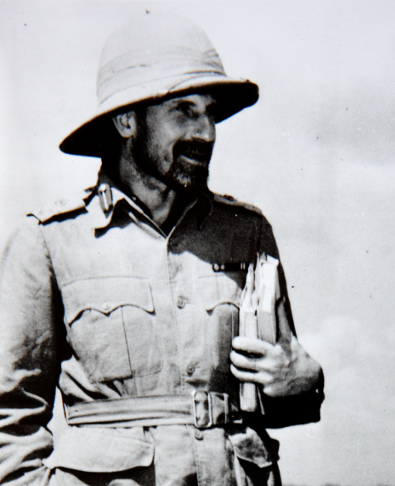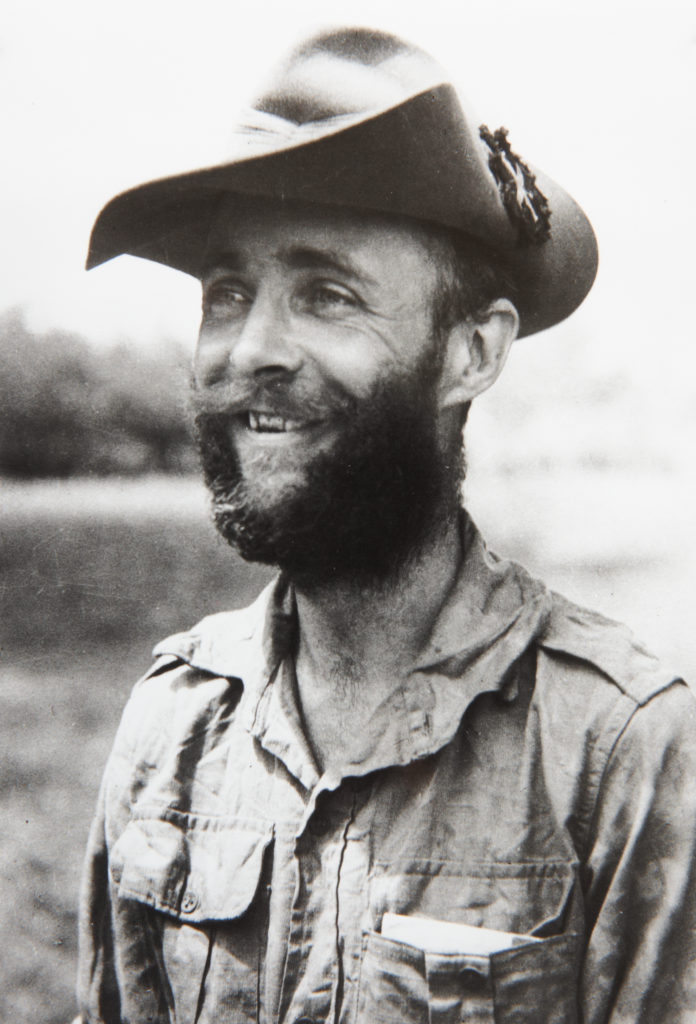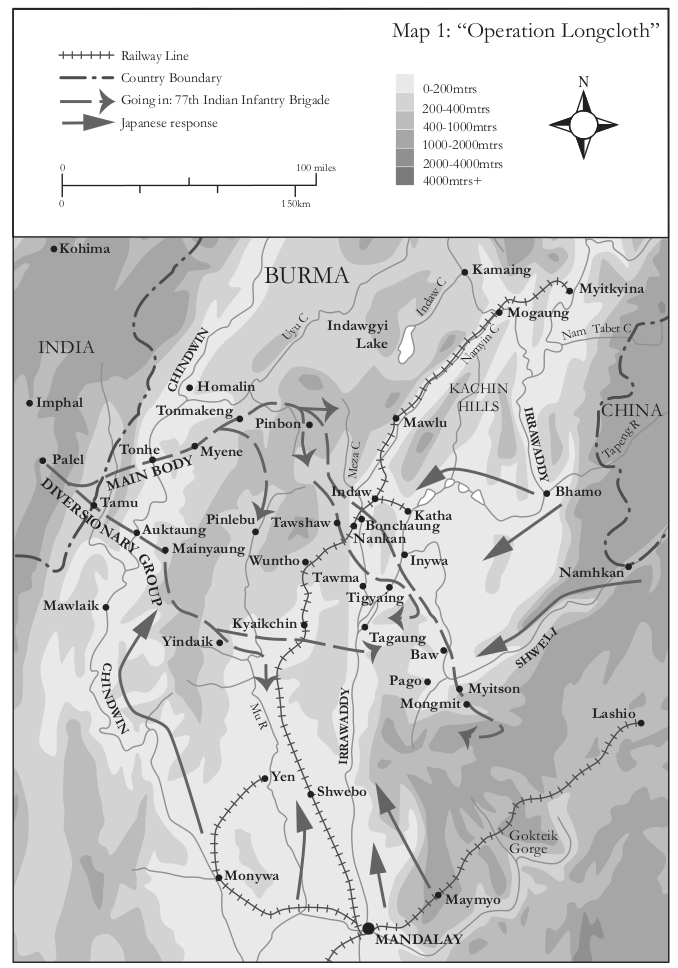1943 Burma
In early 1943 Brigadier (later Major-General) Orde Charles Wingate, DSO, got a chance to prove his Long-Range Penetration (LRP) concept of jungle warfare, based on mobile columns operating behind Japanese lines in North Burma, supplied by air alone and tasked with disrupting the enemy’s supply lines. This was OPERATION LONGCLOTH, a Brigade-strength foray deep into Japanese territory. While achieving little immediate military return, it led to the eventual destruction of Japanese forces in Burma, as it prompted the enemy to the launch the disastrous Imphal/Kohima offensive 12 months later.

The 3,000 men of “77 Indian Infantry Brigade” underwent some of the toughest training ever endured by British troops. When ready, the seven Columns, each of around 400 men accompanied by mules and ponies, began their epic campaign to penetrate Japanese-held territory and attack roads, railways, bridges and supply dumps. They were to suffer terrible casualties, from sickness, savage battles with the enemy, slow starvation and, for some, the horrors of capture by the Japanese.
Drawing on “War in the Wilderness” (Tony Redding) and, in particular, Bernard Fergusson’s masterly account, “Beyond the Chindwin”, visitors to this site have an opportunity to follow the 1943 campaign of Wingate’s Chindits as it unfolded. If you read this account, you will be spared none of the terror and suffering. You will also come to appreciate the stoicism, deep courage and extraordinary bonds that developed within the Columns.

Major (later Brigadier) Bernard Fergusson commanded No. 5 Column during OPERATION LONGCLOTH. We follow the 1943 campaign largely through his eyes, as described in “Beyond the Chindwin”.

